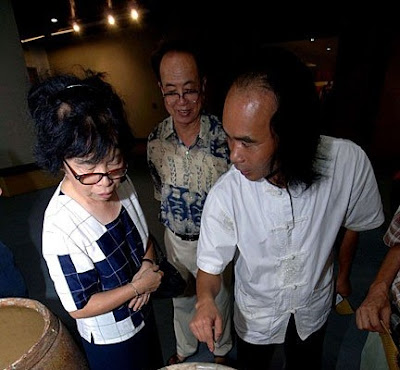Have any of you heard of biodegradable art? I have. Now I'm going to blog about it :-)
Dieter Roth, a sculptor from Iceland used to have a unique way of creating his sculpted works. Interestingly enough, he fueled a curiosity for his "recycled media", by way of being different from your run of the mill sculptor. Roth was sometimes known as "Dieter Rot" because of his creations that made use of biodegradable media. Pictured below is one sculpture you may find a bit strange, yet curiously befuddled by.
The title of this work is "Rabbit Shit Rabbit" from 1972. He also made 250 editions of this piece as well. Don't be fooled though by the comedic title, Roth's many other works were also taken in very impressively by his peers. Today there's a congregation every year that remembers Roth called the Dieter Roth Academy. It has been done in Iceland, China, Germany (twice) and the Netherlands. His many friends such as Henriette van Egten, Bjorn Roth, and Andrea Tippel are among the attendees.
Even if Roth isn't with us today, his novelty of an artform still draws crowds to wonder at their ingenious, yet unorthodox existence. It just goes to show you, art is all about expression and creativity, the media is just something that follows.














